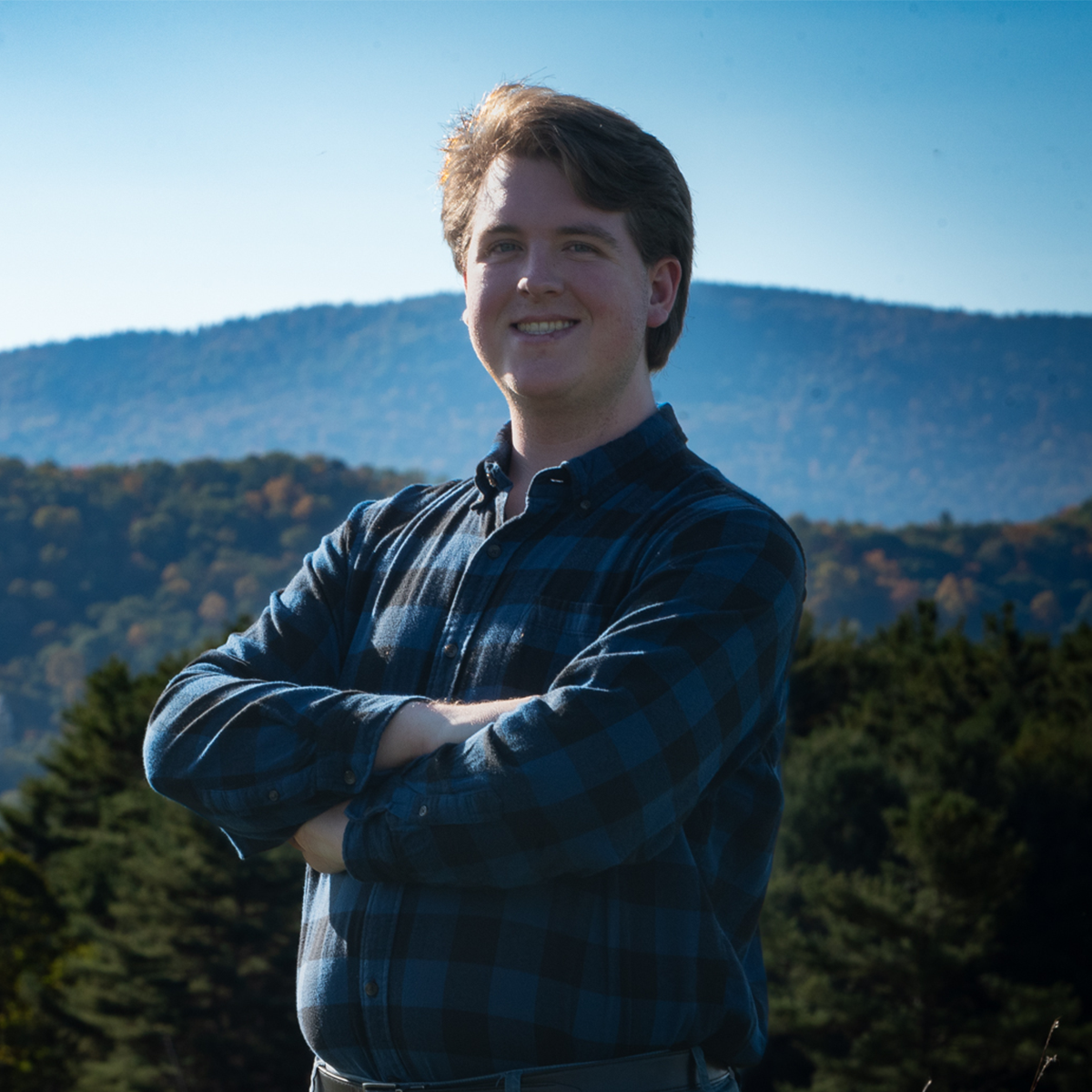
Weak signals can build strong bonds
How science inspires community in a small town in West Virginia
Picture this: You’ve been on the road for 11 hours. Your bladder is full and your stomach is empty, but all you drive by is trees, fields, and the occasional farmhouse. You grip the steering wheel and squint through the dark at the road in front of you, expecting to come face-to-face with a deer around every turn. John Denver’s “Country Roads” has been playing on repeat just a few too many times, making everyone in the vehicle a bit insane. The last bar of cell signal that’s been connecting you to the outside world finally drops out. This might seem like the beginning of a horror story, but for my research group it’s a yearly ritual. Each fall, we pack ourselves into a set of rental cars and drive almost 12 hours to meet with collaborators in a small West Virginian town by the name of Green Bank.
Nestled within the Allegheny Mountain Range, Green Bank is home to 141 residents, a handful of businesses, a library, a combined elementary and middle school, and a radio astronomy observatory. The eponymous Green Bank Observatory was established in 1957 by the National Radio Astronomy Observatory to explore the exciting new field of radio astronomy. Nowadays, the highlight of the facility is the aptly named Green Bank Telescope — a 485-foot-tall marvel of human engineering. But what the town is perhaps most famous for may instead be the restrictions it faces due to these telescopes. Because they need to be able to detect very faint radiation from space, a radio quiet zone is enforced to limit interfering signals. This means that Wi-Fi and cell service, among many other things, are prohibited within 10 miles of the observatory.
1: The Green Bank Telescope in all its glory
When I first visited Green Bank in my second year as a Ph.D. student, the prospect of “going off the grid” for a week was almost as exciting as getting to see the telescope itself. I’m no Bear Grylls who lives to escape civilization, but sometimes you just need a break from the grad school life and the copious amount of emails. That week was pretty great – I suddenly had time to plow through books that had been on my to-do list for months, bond with collaborators over board games and puzzles with a frustrating number of similar-looking pieces, and hike gorgeous trails without any possibility of distraction. Now before you write me off as a technophobic geezer, let me clarify that I love the internet and am happy to return to it after a week. But there really is something special about leaving behind constant external stimulation and living more in the moment, even if it’s only for a brief period.
As much as I enjoy these respites from the modern world, there’s actually something else about Green Bank that has made an even greater impression on me. When I take a morning walk down the paved road through the center of the observatory, I pass dog walkers who offer a friendly smile. I wave to tour buses and watch families gawking at the giant telescopes. I enter the Science Center and see people browsing the gift shop, exploring various exhibits, or grabbing a bite to eat while waiting for said tours. In addition to being a major scientific facility, the Green Bank Observatory is an integral part of the community.
2: An observatory tour bus at the beginning of its journey. Credit: NSF/GBO/Jill Malusky
These trips remind me of the benefits that come from integrating ourselves into our communities, including our scientific passions. I can easily envision a scenario where the sudden establishment of a large observatory became a force for division and not for unification. But that didn’t happen in Green Bank, and it’s clear to me that communication, mutual understanding, open-mindedness, and good old-fashioned effort are to thank. Nowadays the Green Bank Observatory is a pillar of the local and even state communities, with staff members remaining deeply engaged in outreach and community development initiatives.
As academics, I think that it can be easy to forget that we are also community members and neighbors. We spend years at holy bastions of knowledge such as MIT, studying niche topics that even our peers may struggle to understand or even care about. I know I can also be guilty of getting caught up in this mentality sometimes. That’s not to say that MIT is bad at community engagement – the open campus policy and numerous outreach events that students and staff are often participating in say otherwise. As MIT students we also have access to many opportunities to make a positive impact and foster community by sharing our passions, knowledge, and experiences.
Share this post:
